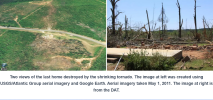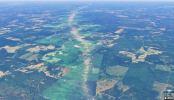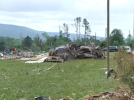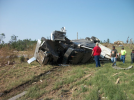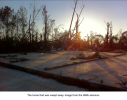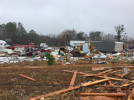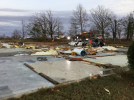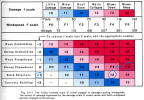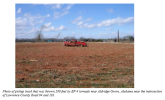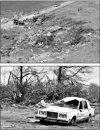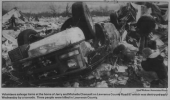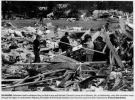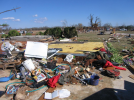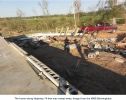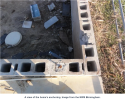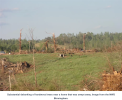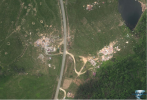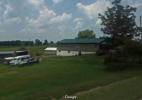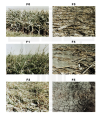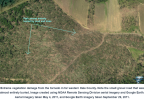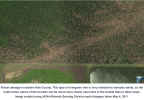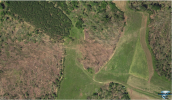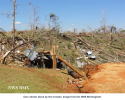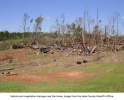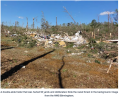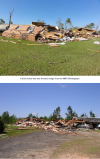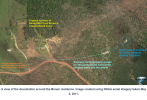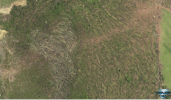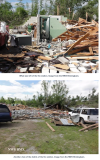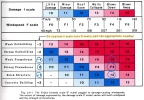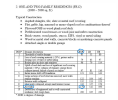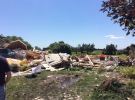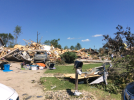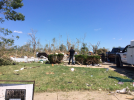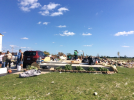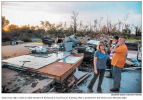Lake Martin, AL EF4 - 04/27/2011
Path Length: 44.18 miles
Fatalities: 7
Injuries: 30
Damage over the western-central portions of Lake Martin
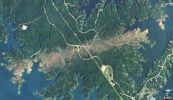
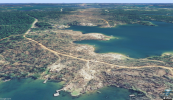
^^ Two fatalities occured here where two substantial homes were completely razed from their foundations.
"A second intensity maxima occurred six miles east of Dadeville. A 40-50 yard swath of trees along the center line was stripped and debarked. There was a broader complex multi-vortex treefall pattern here that is only present in a very powerful tornado. The maximum total width of the tornado soared to 1,480 yards."
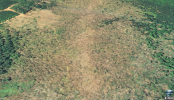
After another 4.5 miles the tornado reached the Tallapoosa-Chambers County border, where it narrowed and weakened. However the core winds struck a 100 year old frame house and left no trace.
The remains of Mount Hebron East Baptist Church North of Eclectic.
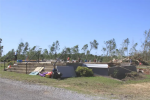
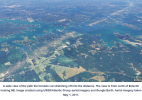
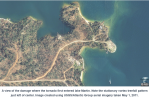
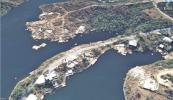
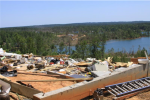
^^ A two story anchored home With a reinforced CMU foundation that was swept away.
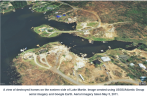
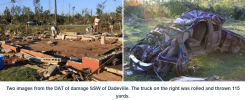
New Rating: F5
Reasons: Strong frame houses blown away, cars (truck) thrown in excess of 100 meters, incredible tree damage and debarking.
Path Length: 44.18 miles
Fatalities: 7
Injuries: 30
Damage over the western-central portions of Lake Martin


^^ Two fatalities occured here where two substantial homes were completely razed from their foundations.
"A second intensity maxima occurred six miles east of Dadeville. A 40-50 yard swath of trees along the center line was stripped and debarked. There was a broader complex multi-vortex treefall pattern here that is only present in a very powerful tornado. The maximum total width of the tornado soared to 1,480 yards."

After another 4.5 miles the tornado reached the Tallapoosa-Chambers County border, where it narrowed and weakened. However the core winds struck a 100 year old frame house and left no trace.
The remains of Mount Hebron East Baptist Church North of Eclectic.





^^ A two story anchored home With a reinforced CMU foundation that was swept away.


New Rating: F5
Reasons: Strong frame houses blown away, cars (truck) thrown in excess of 100 meters, incredible tree damage and debarking.
Last edited:

